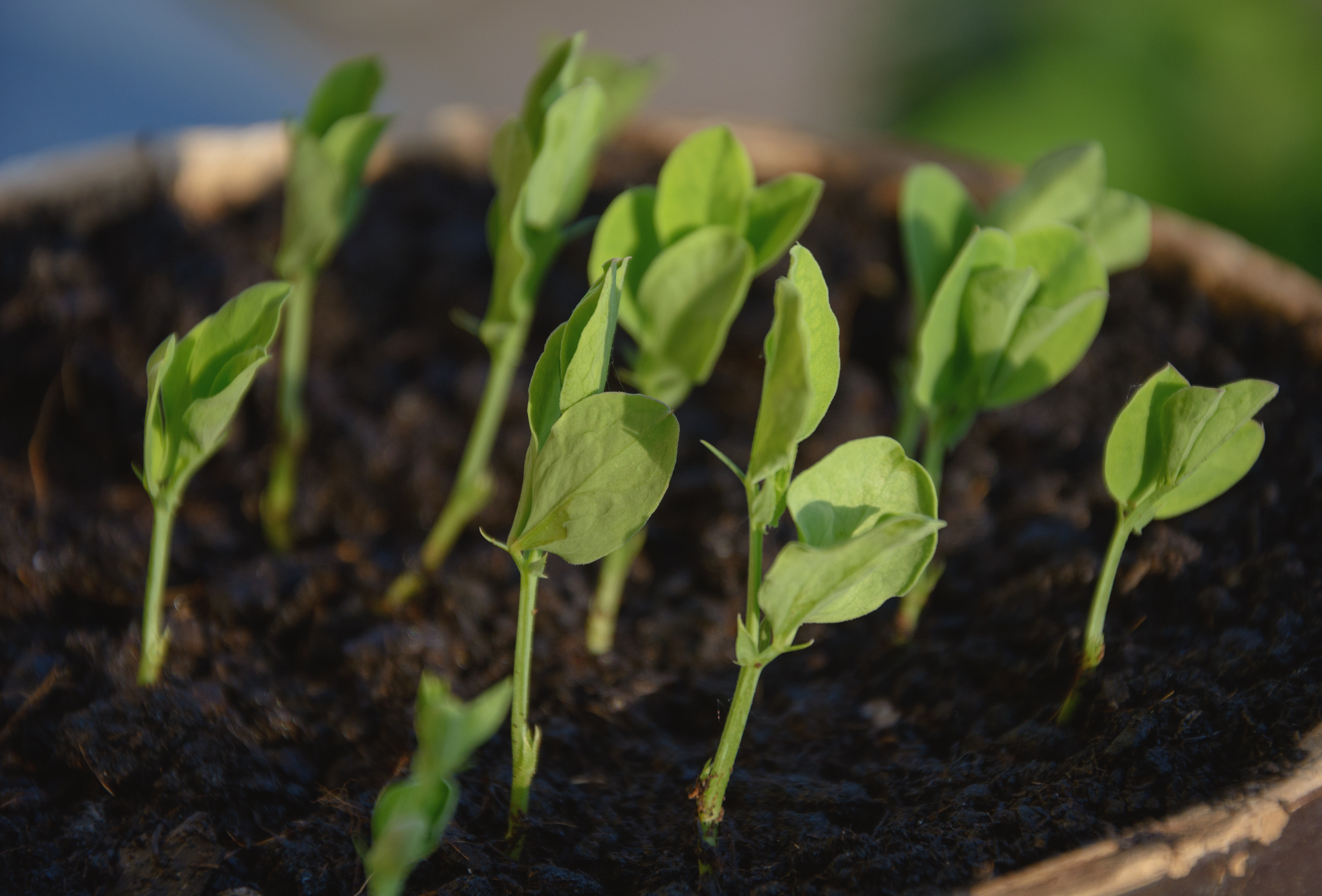
Martin Vorel (https://libreshot.com/young-seedlings-of-plants/)
Plants have gotten too good at photosynthesis, resulting in poorer crop yields, particularly in hotter weather. As climate change drives temperatures higher in parts of the world, scientists are working on a way to engineer a shortcut for plants so they can grow up to 40 percent larger than those with this photosynthetic glitch.
The glitch is caused by an enzyme, Rubisco, that has evolved to be unable to distinguish between oxygen and carbon dioxide molecules. Plants should only “grab” carbon dioxide for photosynthesis, but Rubisco grabs the wrong one roughly 20 percent of the time. This forces plants to recycle the oxygen molecules through photorespiration (the opposite of photosynthesis), which uses up energy that could otherwise go toward the plant’s growth. Instead of retraining Rubisco, the shortcut that scientists are engineering makes photorespiration more efficient, redirecting the energy that would otherwise be wasted back into growing the plant.
There’s still a lot of work to do before this shortcut can be implemented widely, but if you’re interested in this project, you can read more about it here!
Follow us online:
